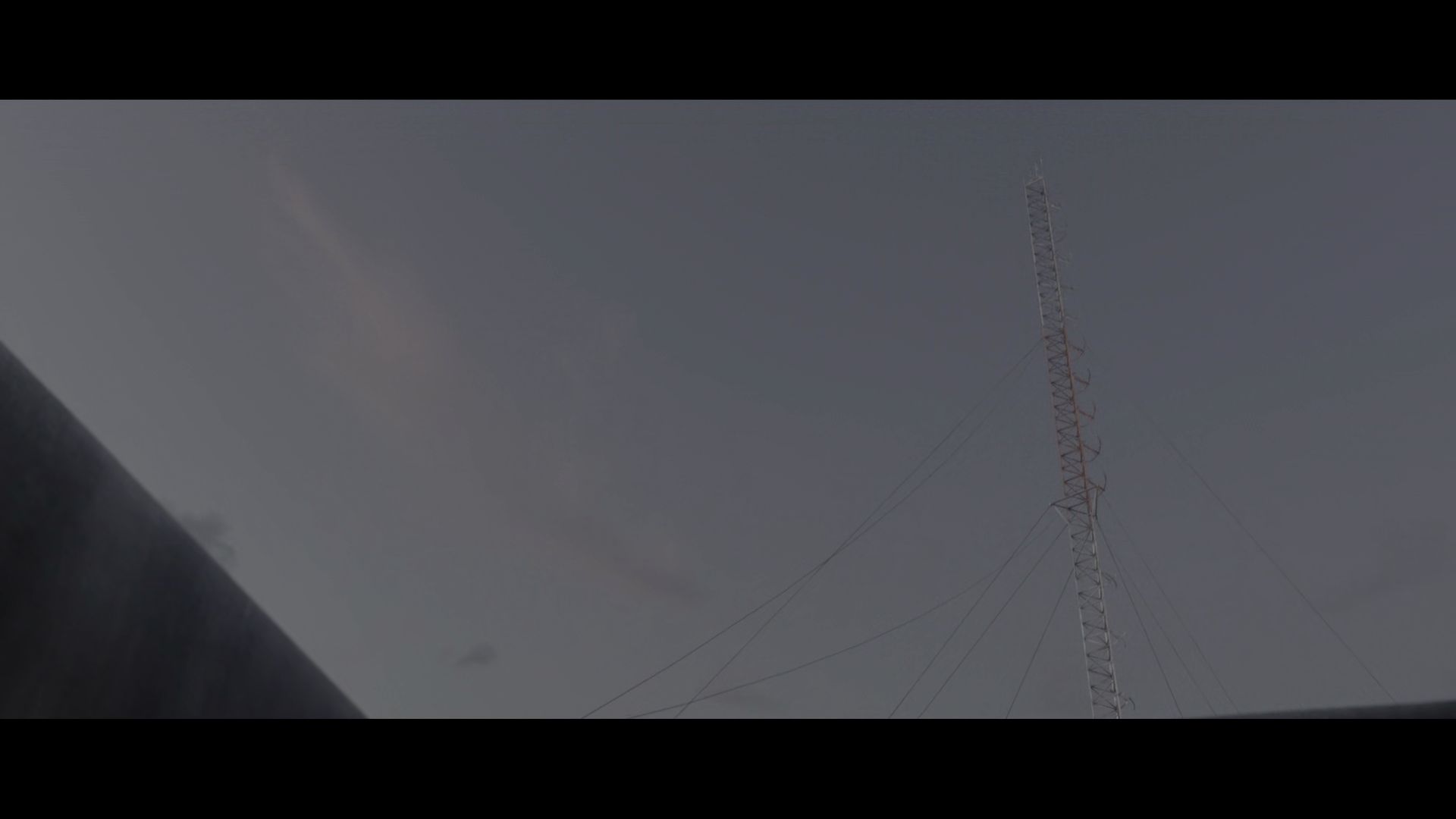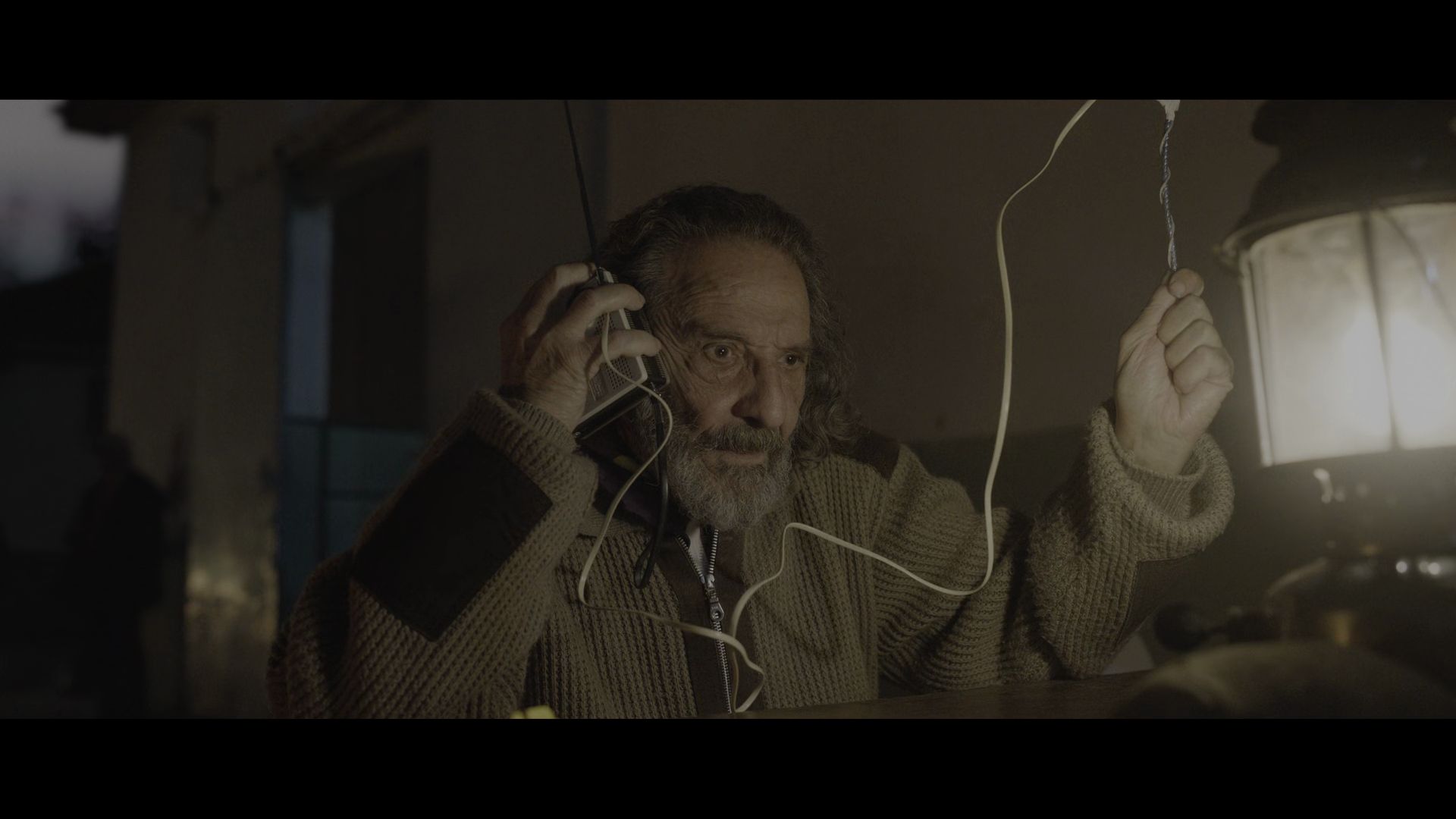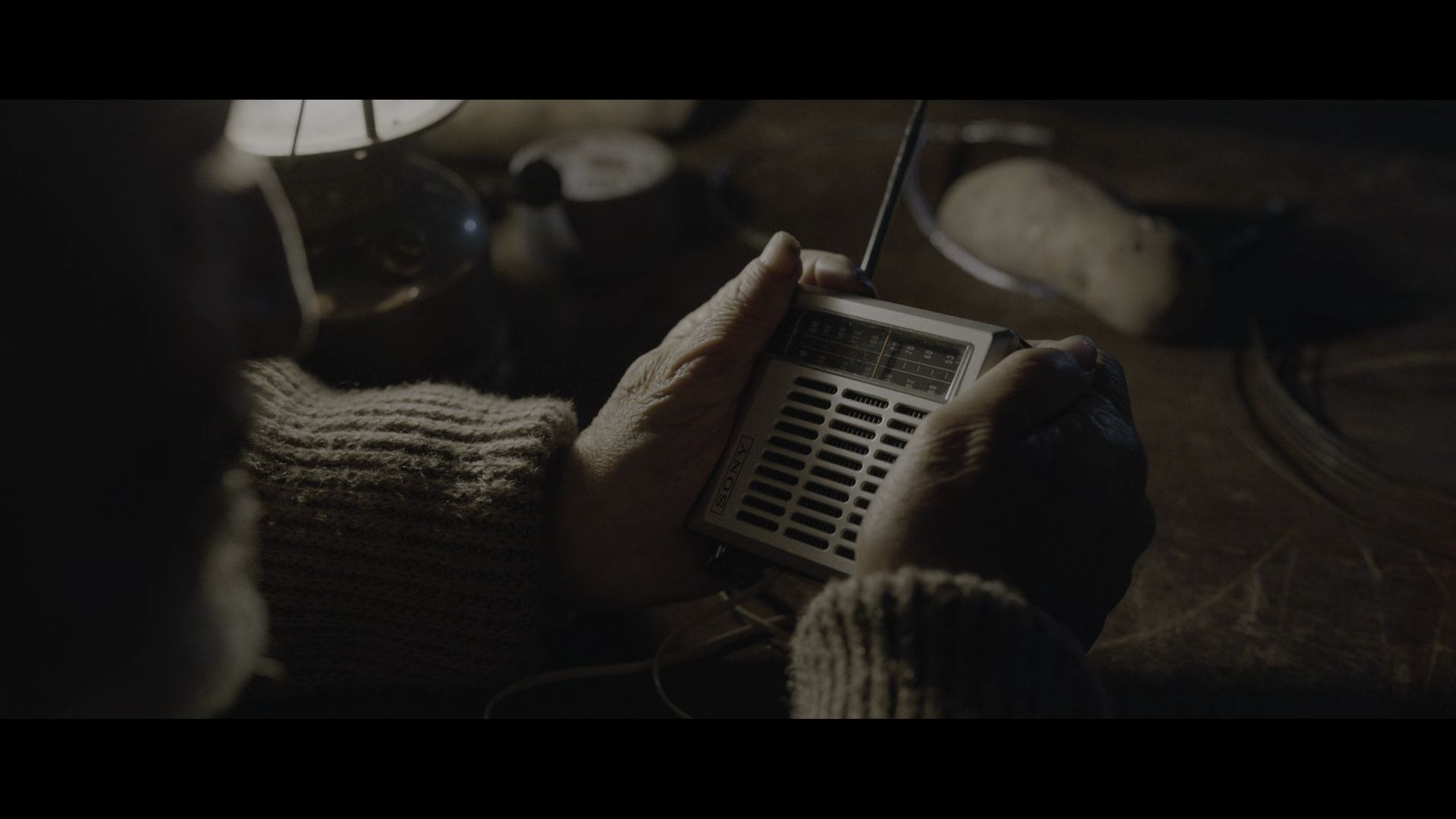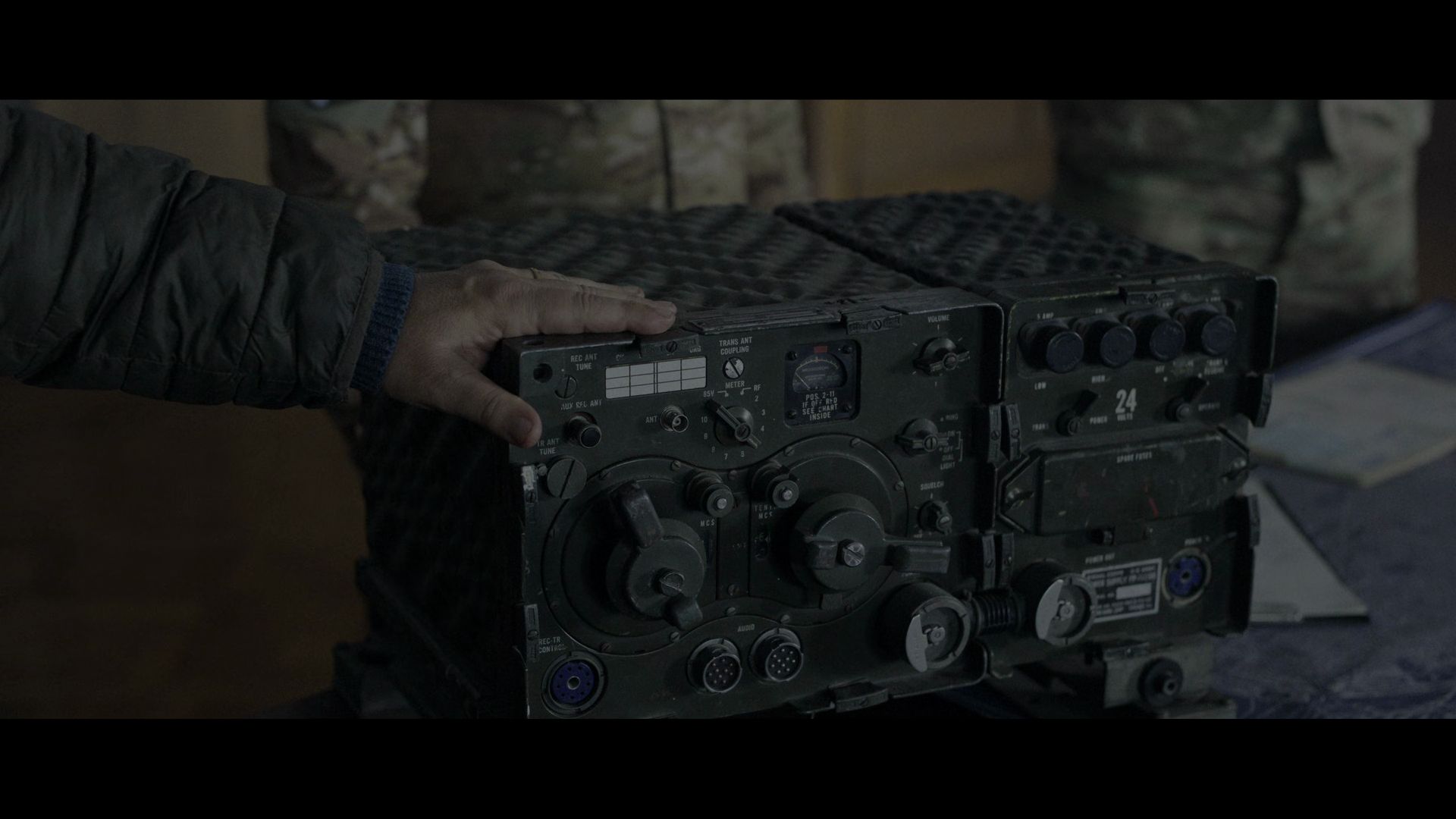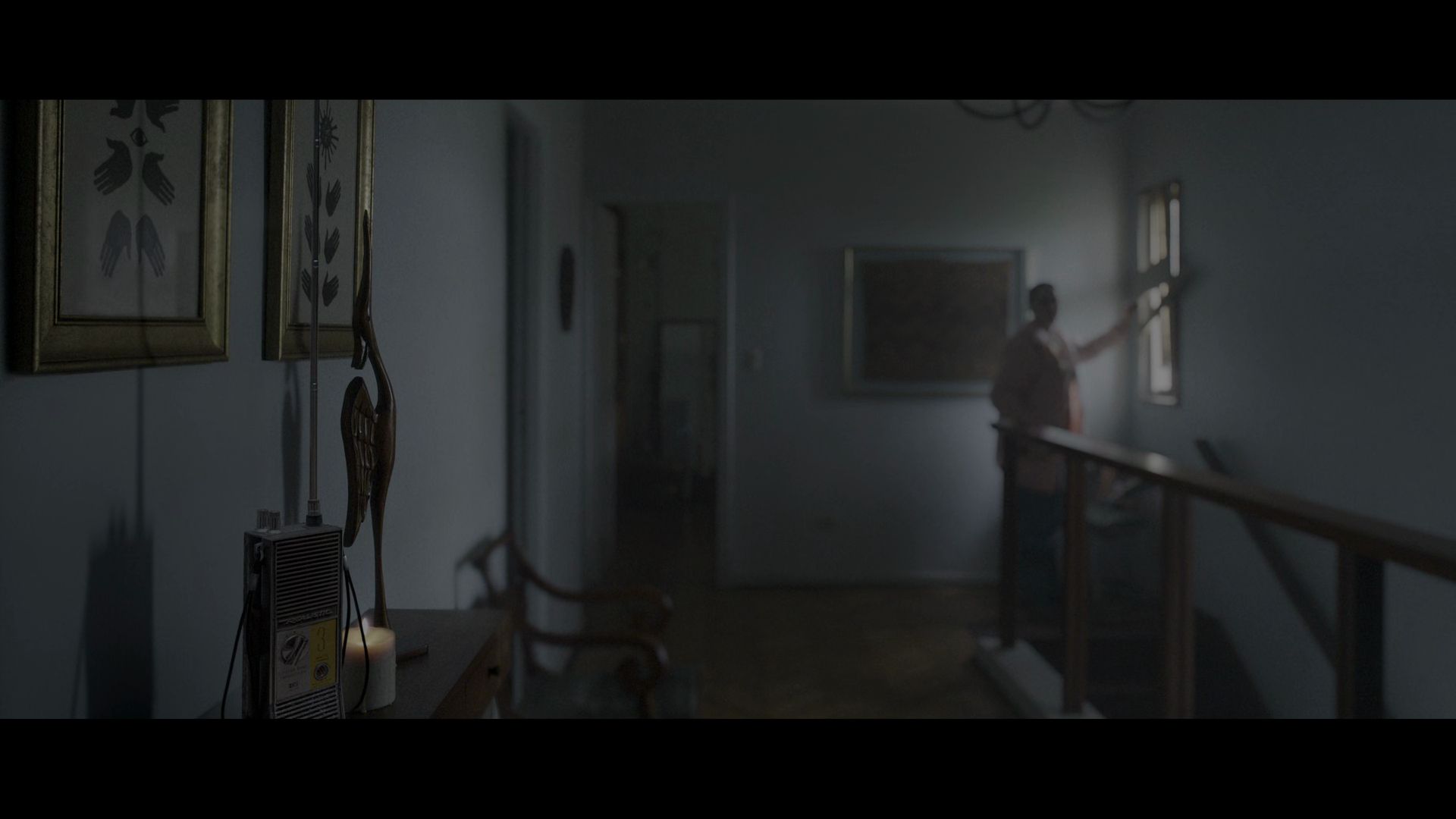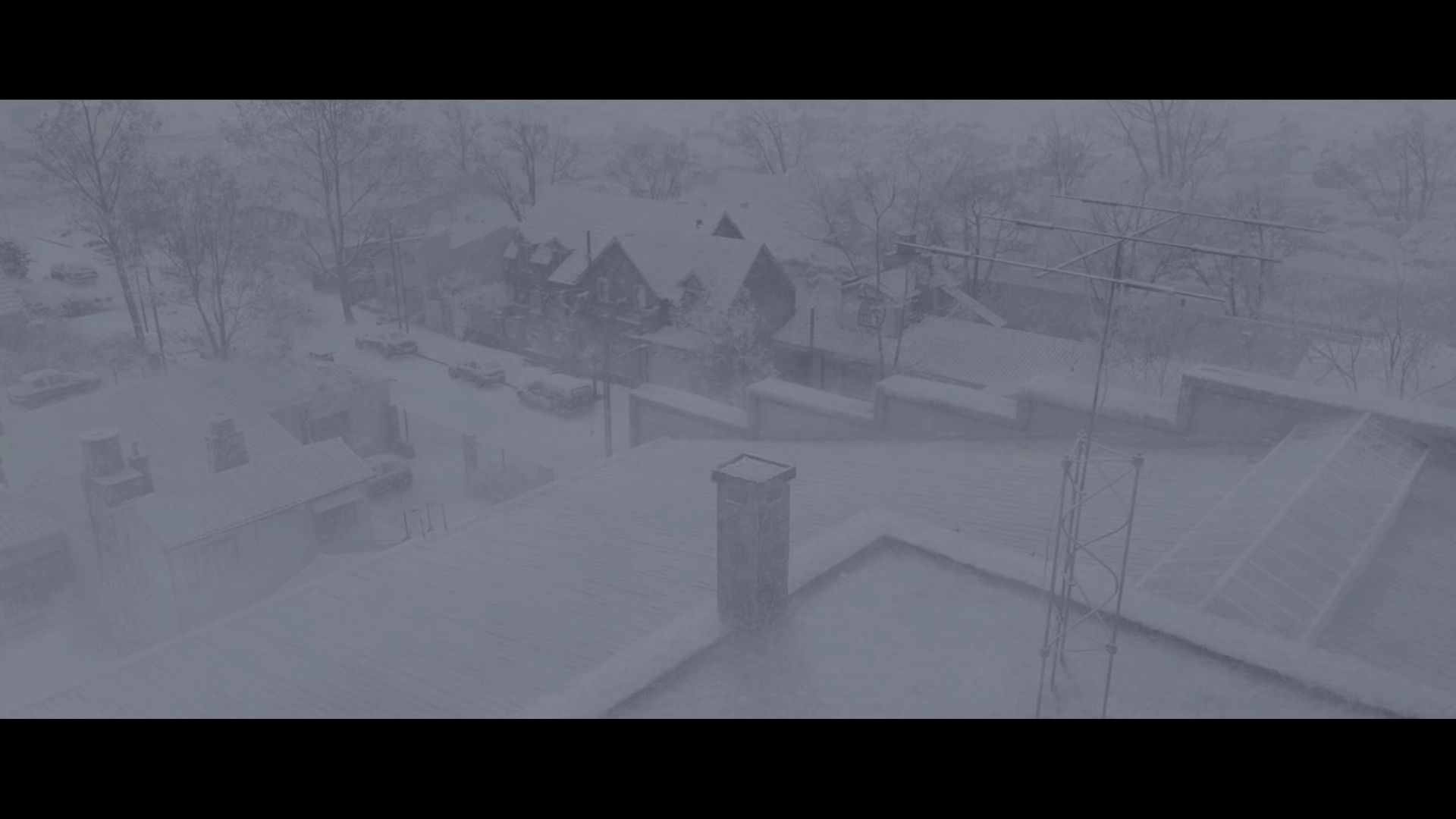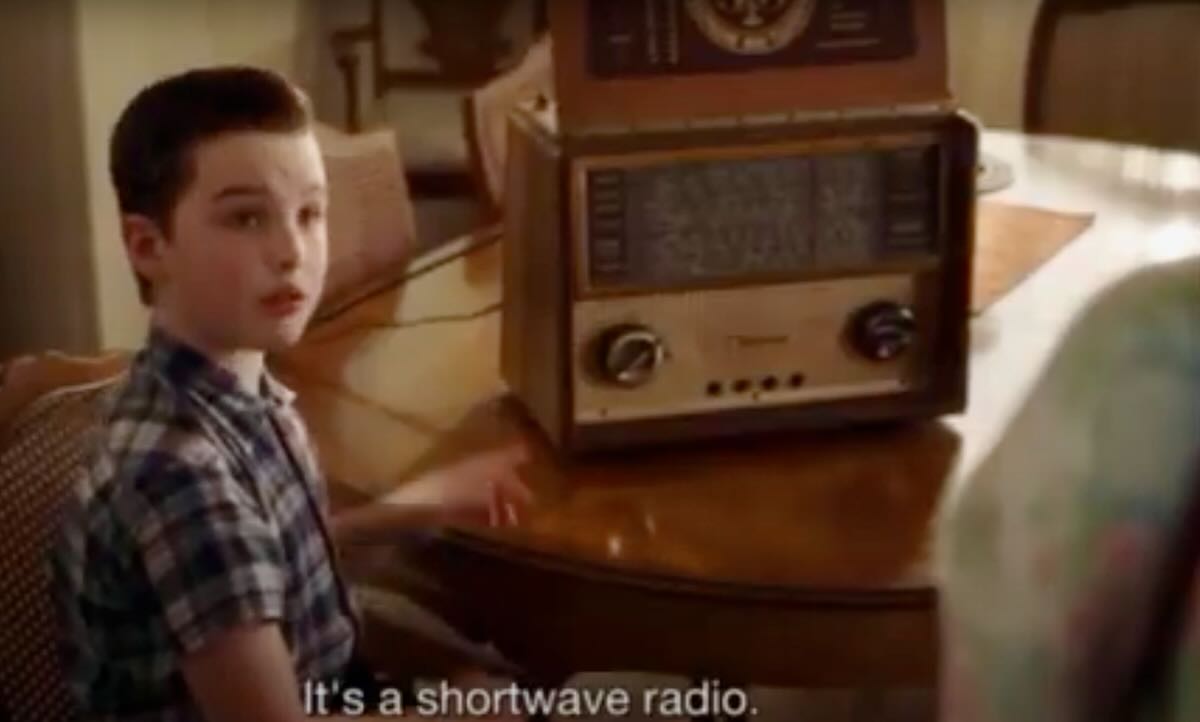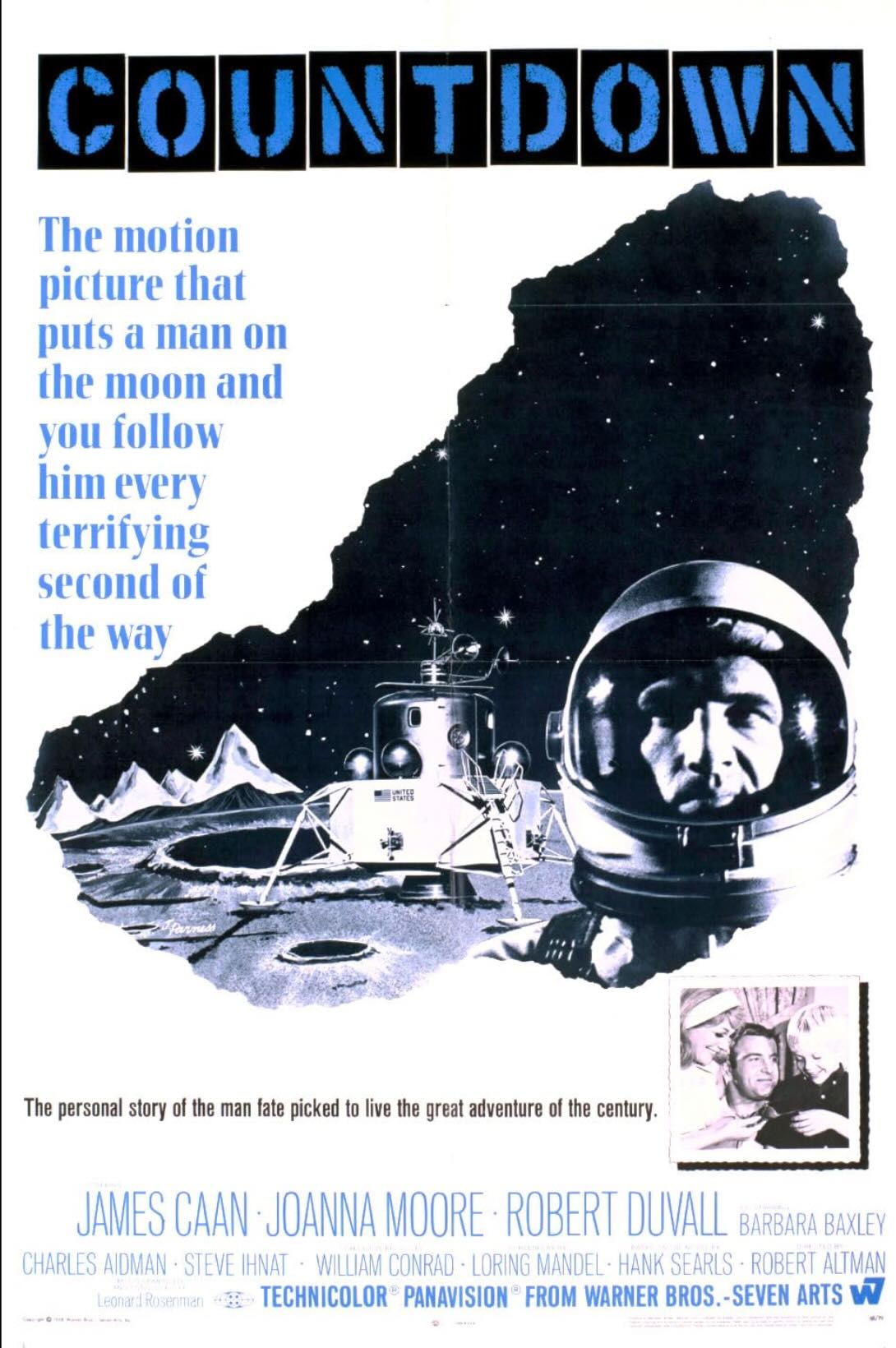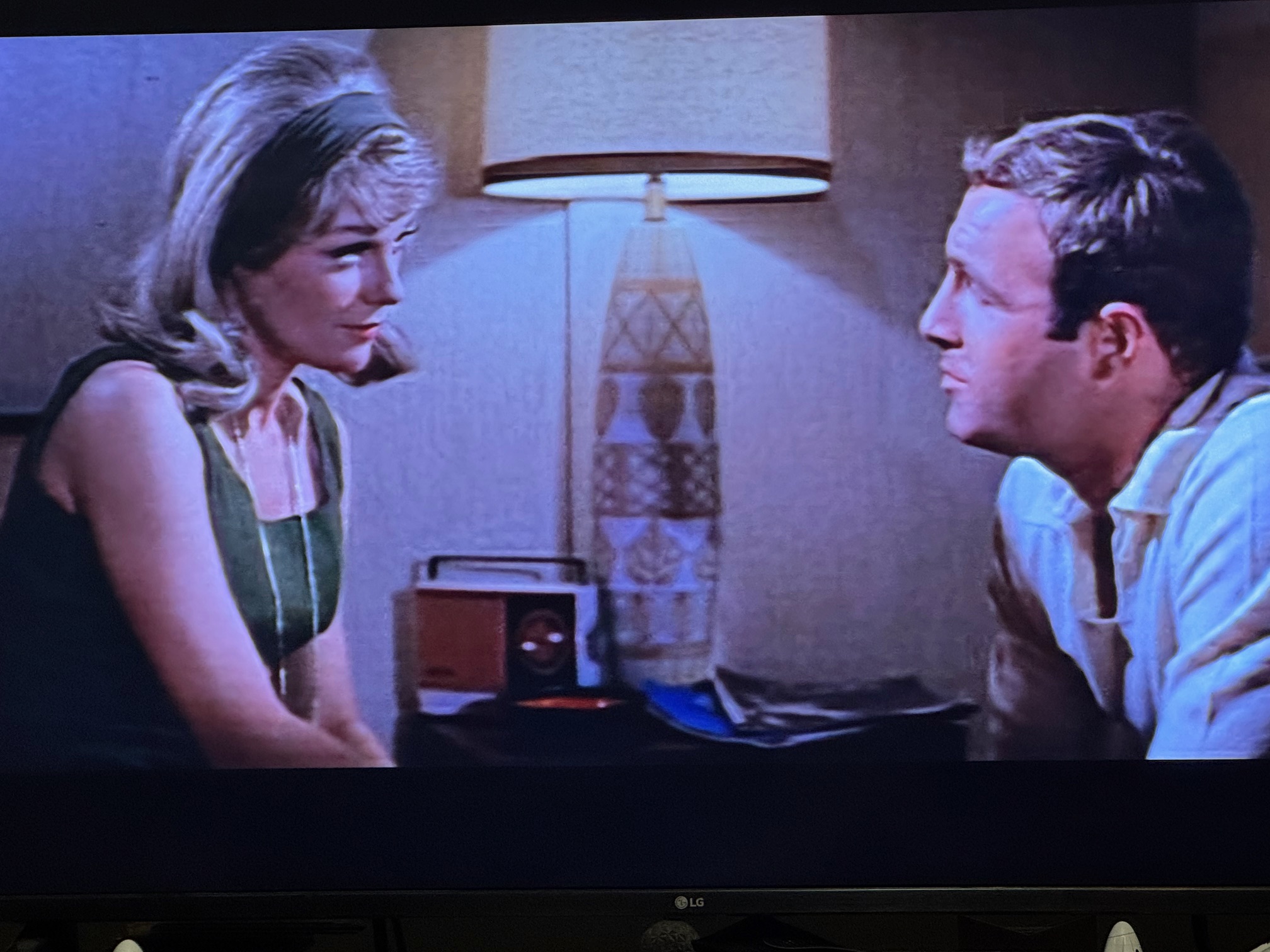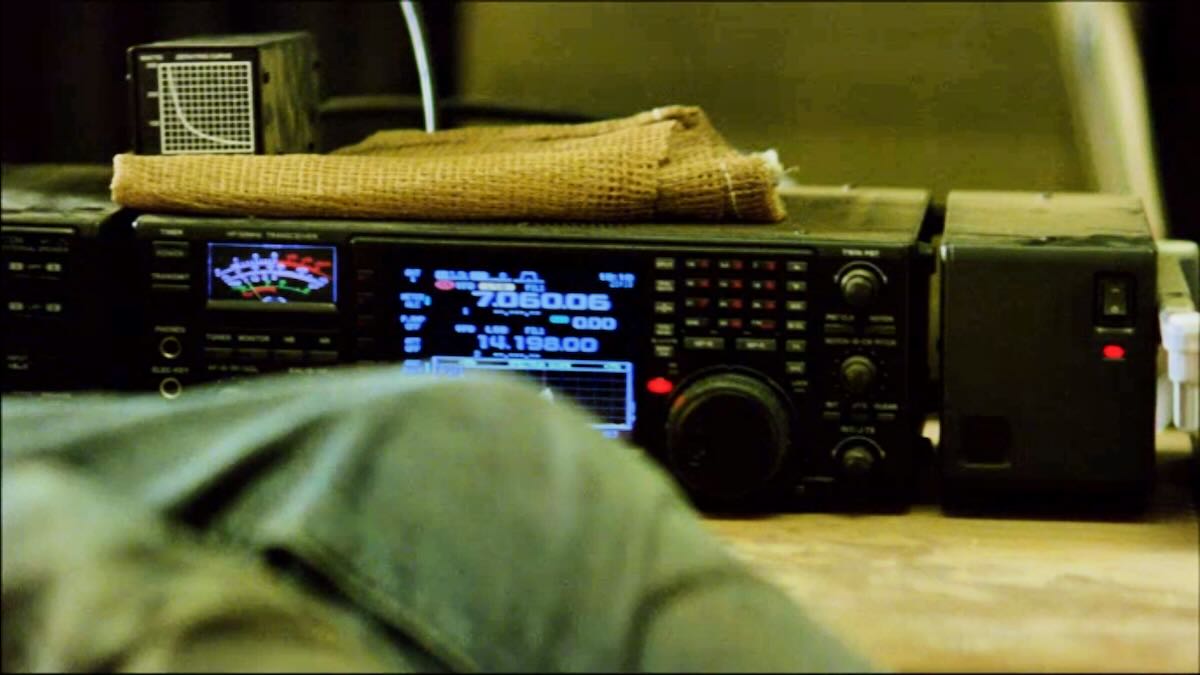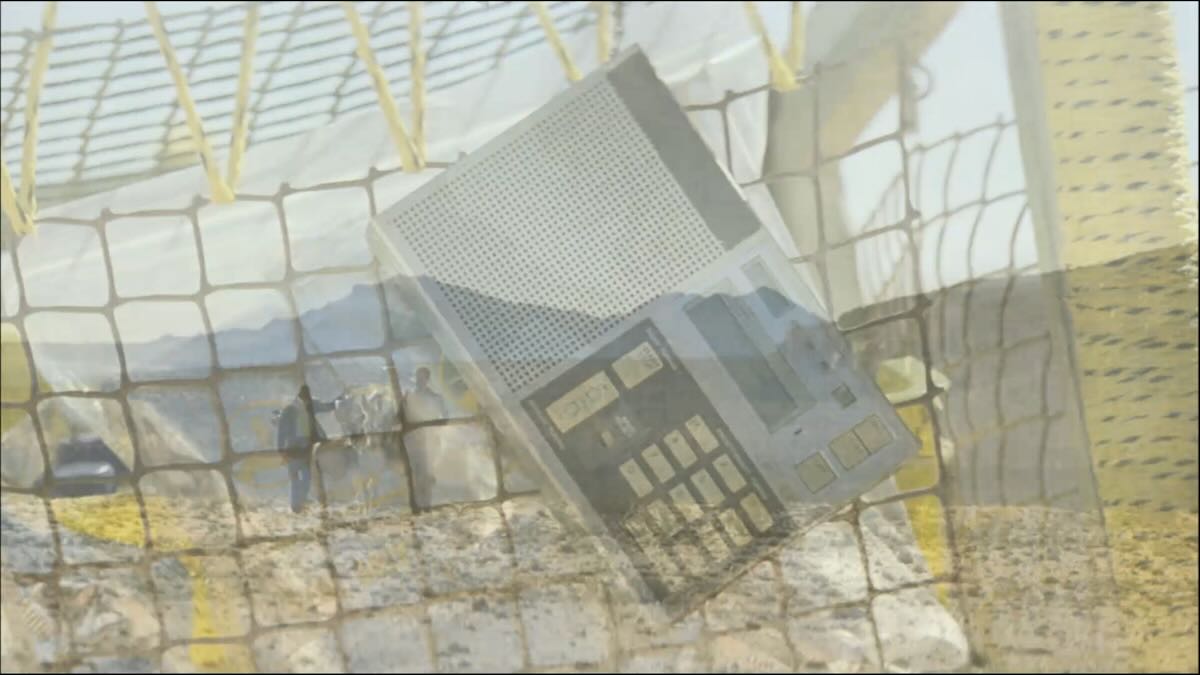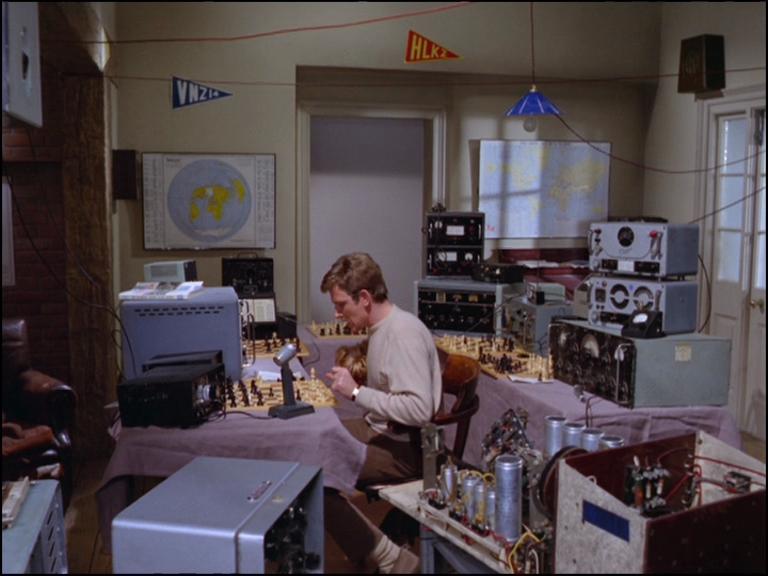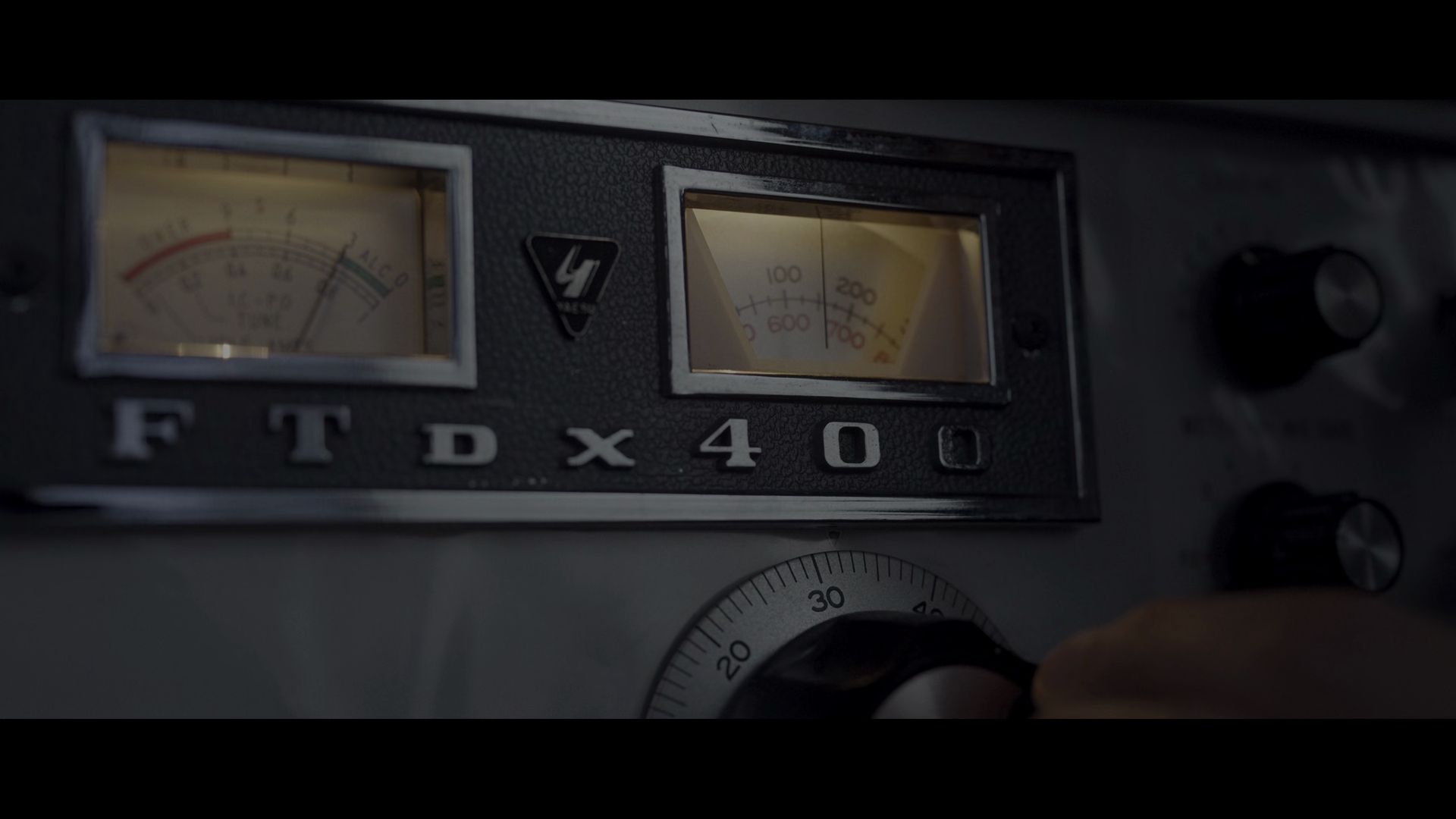 Many thanks to SWLing Post contributor, Balazs, who writes:
Many thanks to SWLing Post contributor, Balazs, who writes:
Hi Thomas,
I have just finished the series, “The Eternaut” (published at the end of April), and the story features old one-way or two-way radios in several places; see the attached pictures.
(Fun fact: one of the main characters used the call sign LU5DA and is shown a map for an antenna setup, the call sign in reality belongs to Radio Club Río de la Plata and (according to Google) their address matched the map.)
Trailer of the series in English:
with best regards,
Balazs

